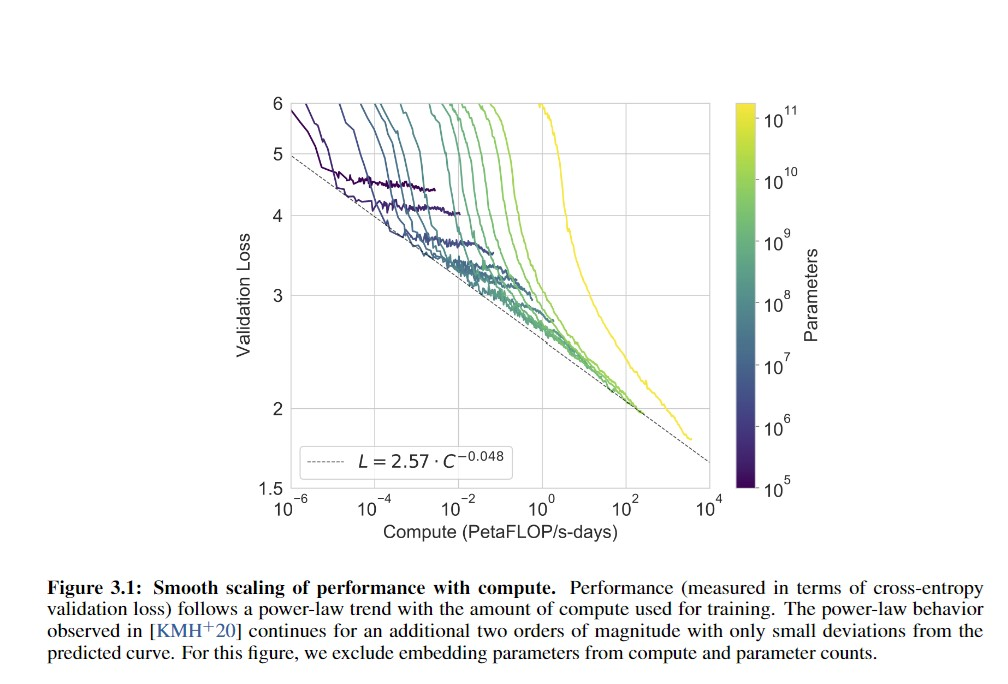I look at graphs like these (From the GPT-3 paper), and I wonder where human-level is:

Gwern seems to have the answer here:
GPT-2-1.5b had a cross-entropy validation loss of ~3.3 (based on the perplexity of ~10 in Figure 4, and ). GPT-3 halved that loss to ~1.73 judging from Brown et al 2020 and using the scaling formula (). For a hypothetical GPT-4, if the scaling curve continues for another 3 orders or so of compute (100–1000×) before crossing over and hitting harder diminishing returns, the cross-entropy loss will drop, using to ~1.24 ().
If GPT-3 gained so much meta-learning and world knowledge by dropping its absolute loss ~50% when starting from GPT-2’s near-human level, what capabilities would another ~30% improvement over GPT-3 gain? What would a drop to ≤1, perhaps using wider context windows or recurrency, gain?
So, am I right in thinking that if someone took random internet text and fed it to me word by word and asked me to predict the next word, I'd do about as well as GPT-2 and significantly worse than GPT-3? If so, this actually lengthens my timelines a bit.
(Thanks to Alexander Lyzhov for answering this question in conversation)
I agree that the difference in datasets between 1BW and PTB is making precise comparisons impossible. Also, the "human perplexity = 12" on 1BW is not measured directly. It's extrapolated from their constructed "human judgement score" metric based on values of both "human judgement score" and perplexity metrics for pre-2017 language models, with authors noting that the extrapolation is unreliable.